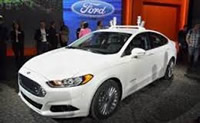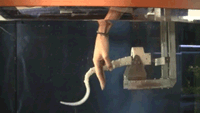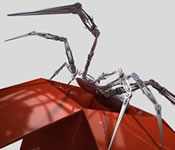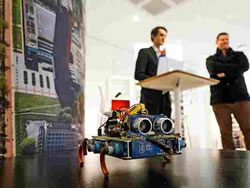Designers envision robots helping chronically ill children
One Step Closer to Lifelike Robots
Germany's Siemens to Set up Robotics Research Center in China
New Robotics Lab Allows Anyone to Control the Machines
Nvidia's Robotic Platform
Festo Hannover Messe Pre Show Preview
Swarm of Underwater Robots Mimics Ocean Life
Ford, U-M Accelerate Autonomous Vehicle Research with Ford Researchers In-House at New Robotics Lab on U-M Campus
LG Electronics To "Aggressively Invest" In Robotics
Robot Octopus Points the Way to Soft Robotics With Eight Wiggly Arms
Robotics Gone Wild: 8 Animal-Inspired Machines
Intuitive Machines Used 3w-powered Unmanned Aerial Vehicle Platform for Flights in Antarctica
Chrysalix partners with Dutch RoboValley on €100 million robotics fund
Innovators offered chance to develop their ideas with world leading robotics manufacturer ABB Robotics
Dmitry Grishin Doubles Down on Robotics With New $100 Million Fund
Records 16 to 30 of 36
First | Previous | Next | Last
Featured Product



(1).jpg)











